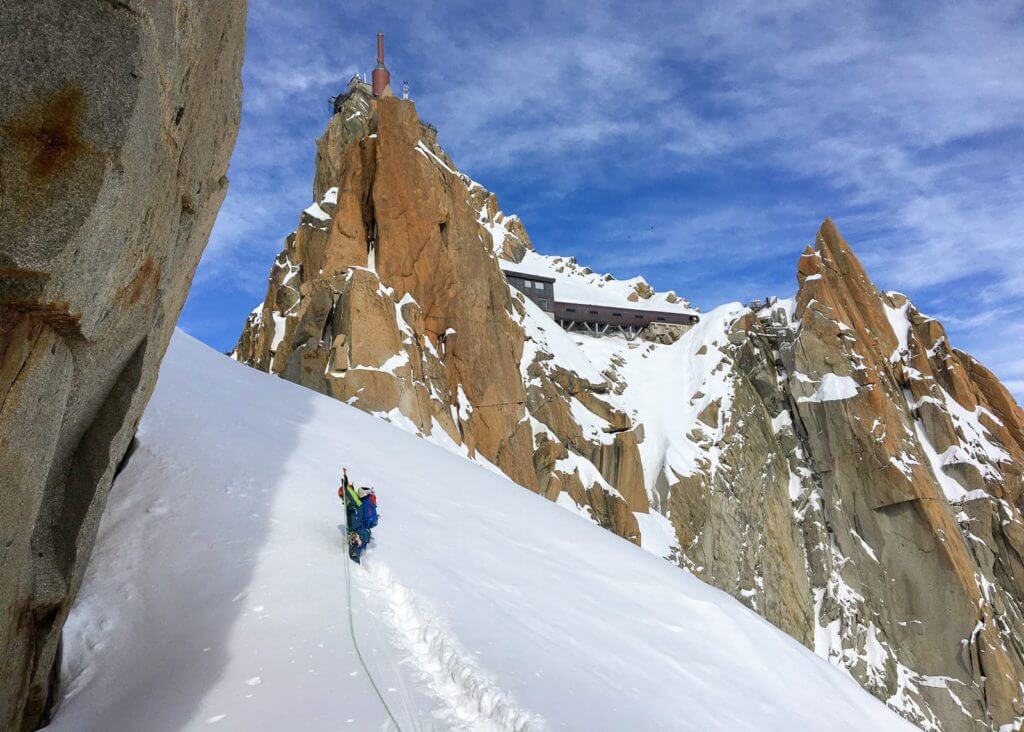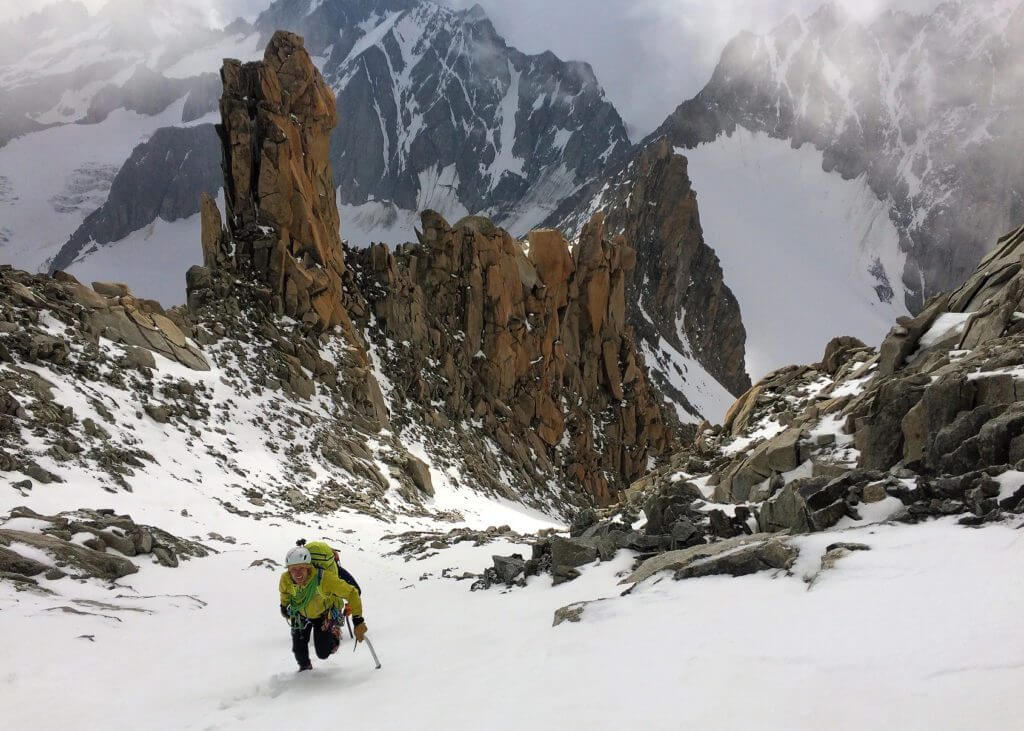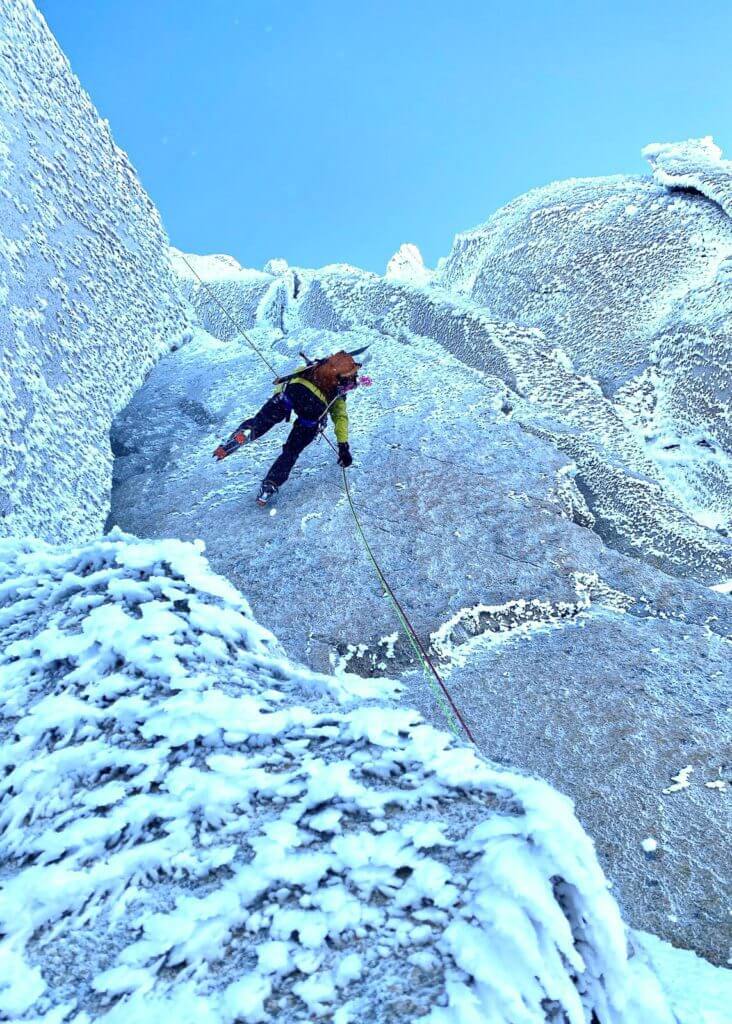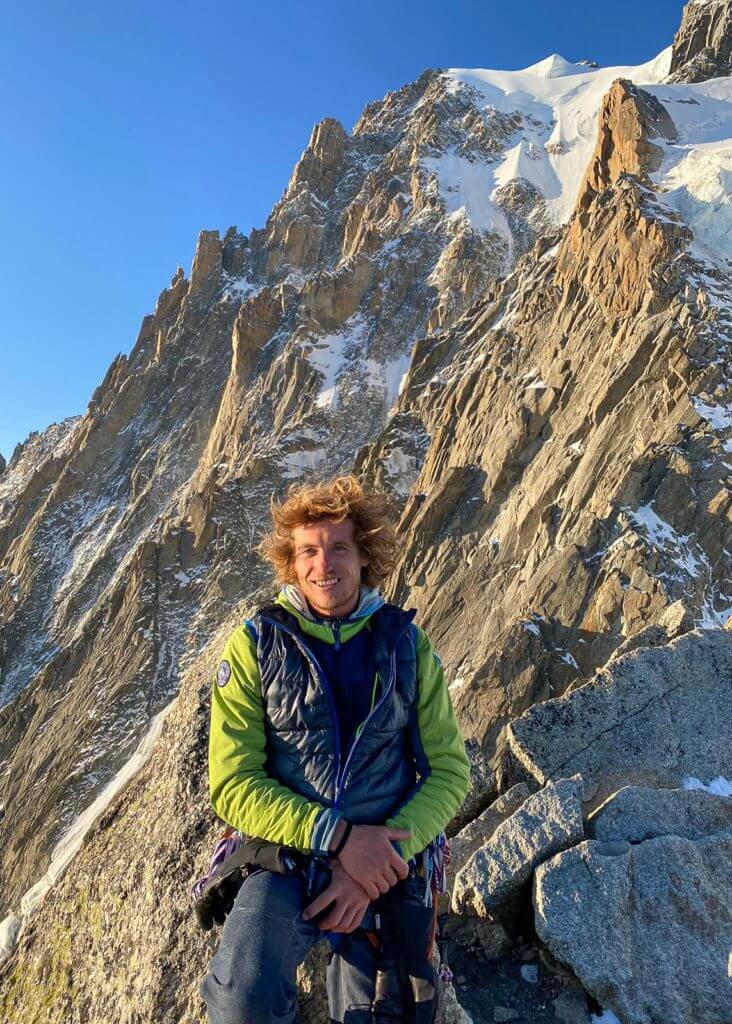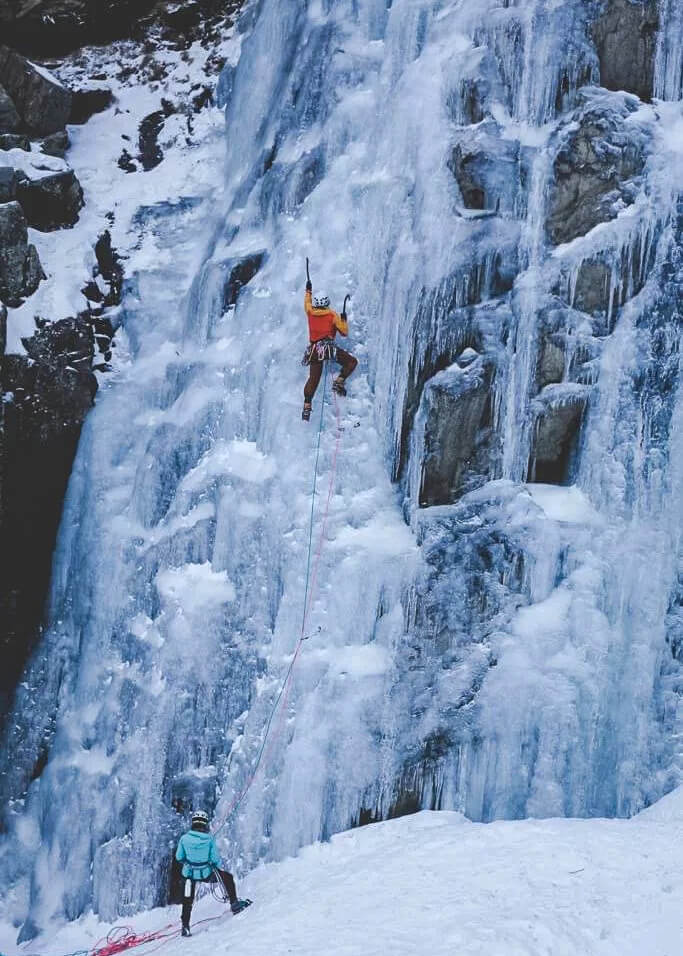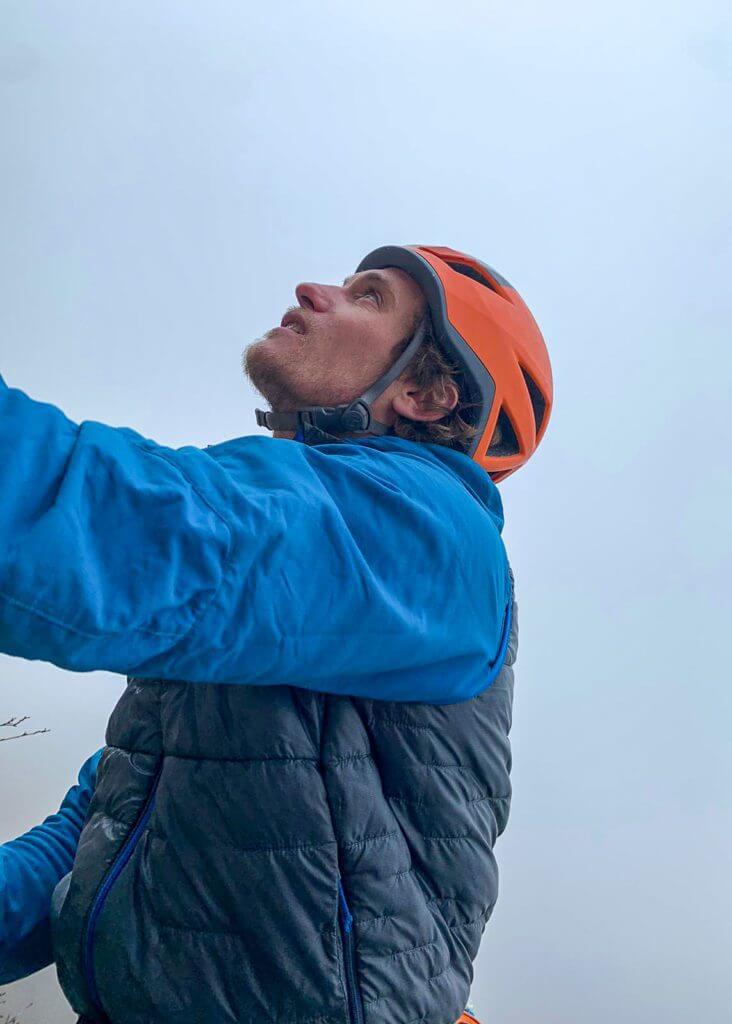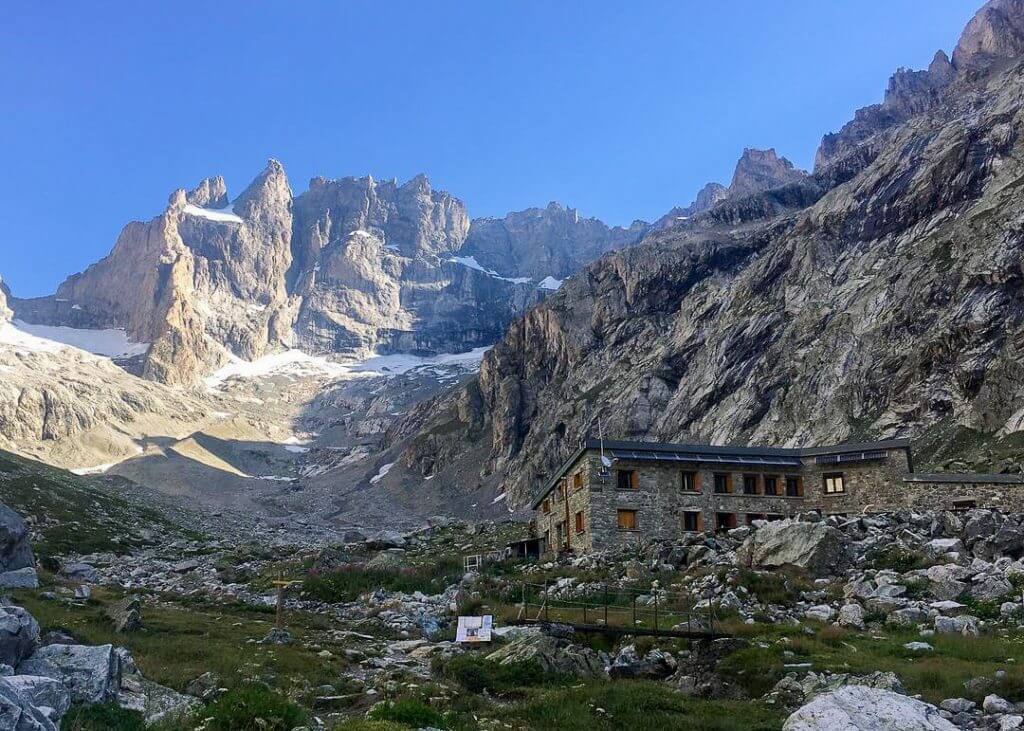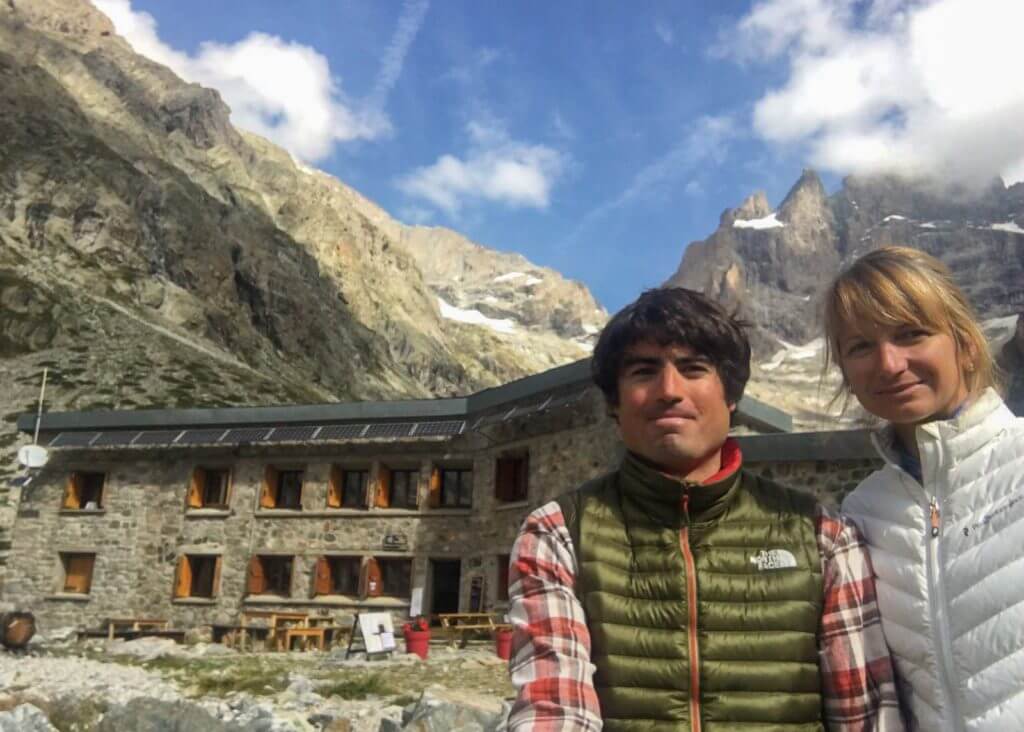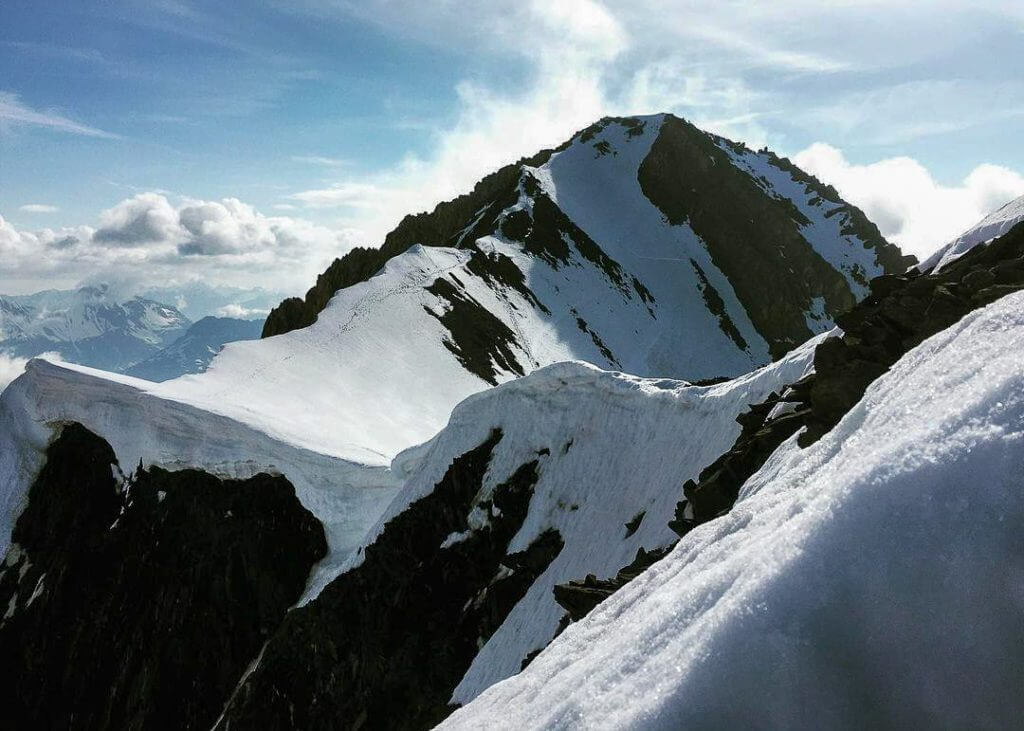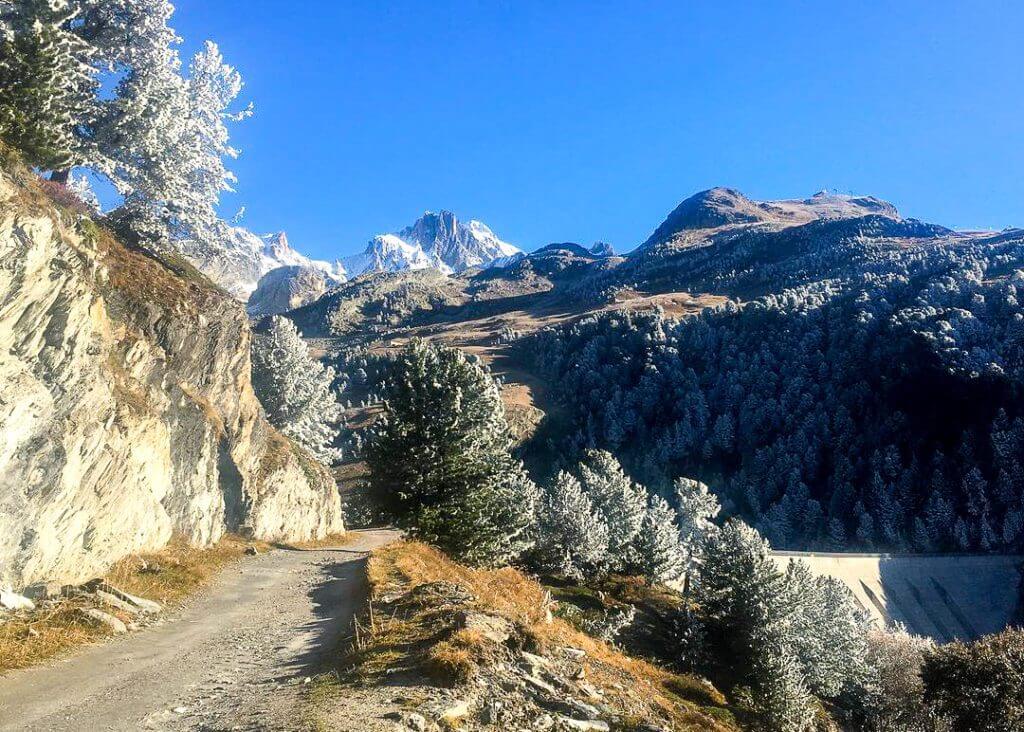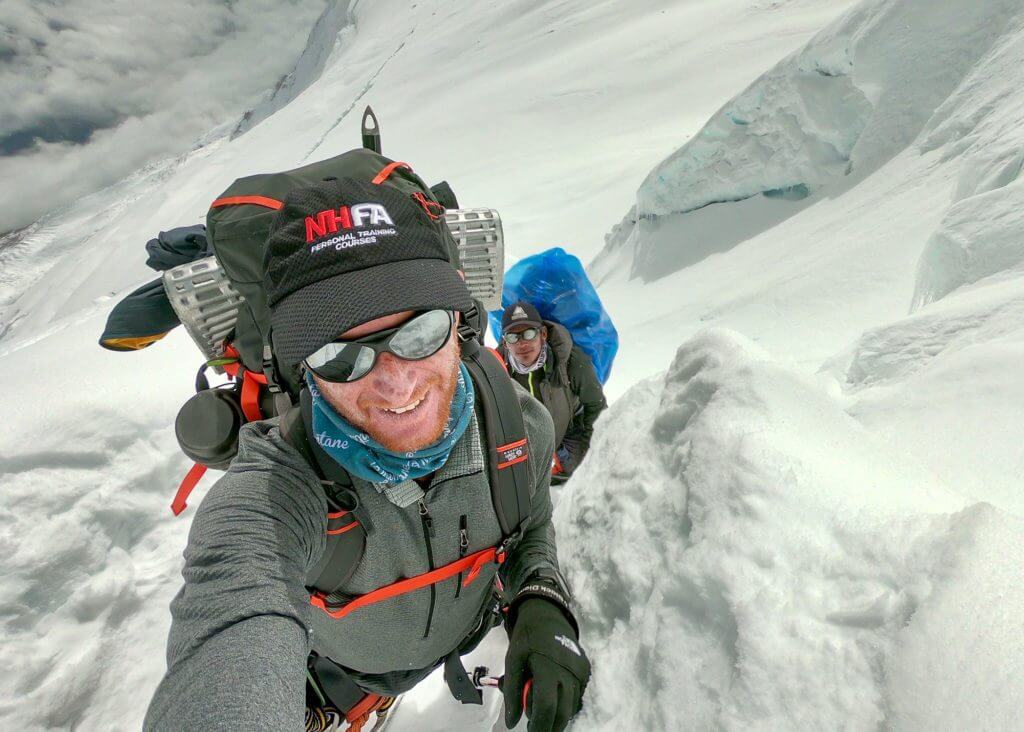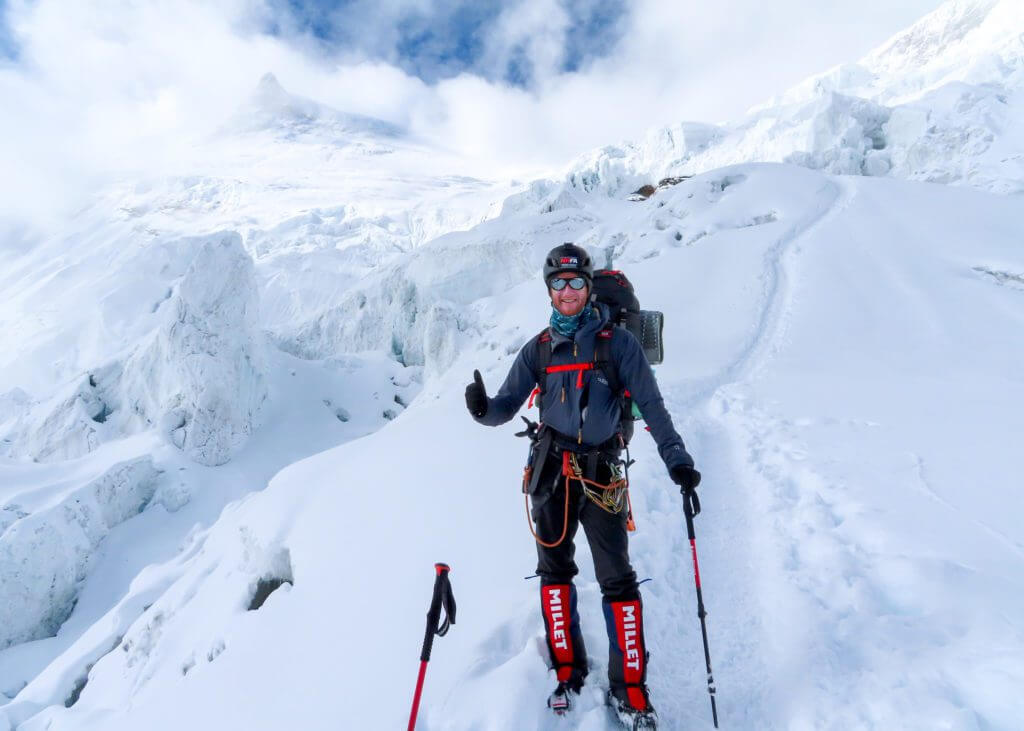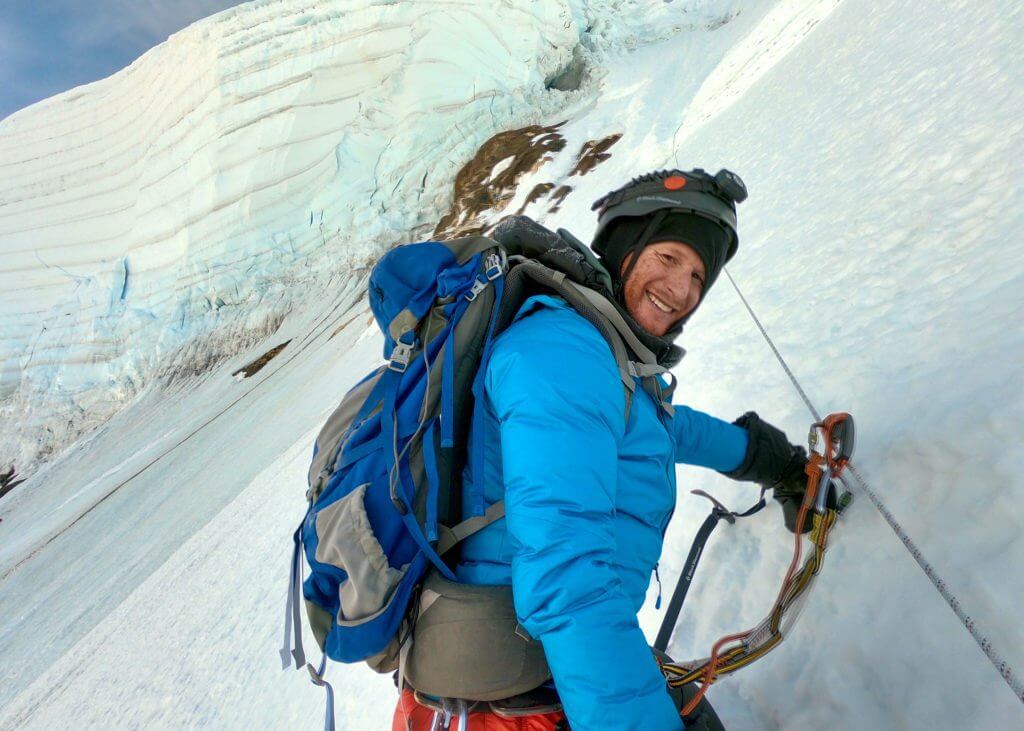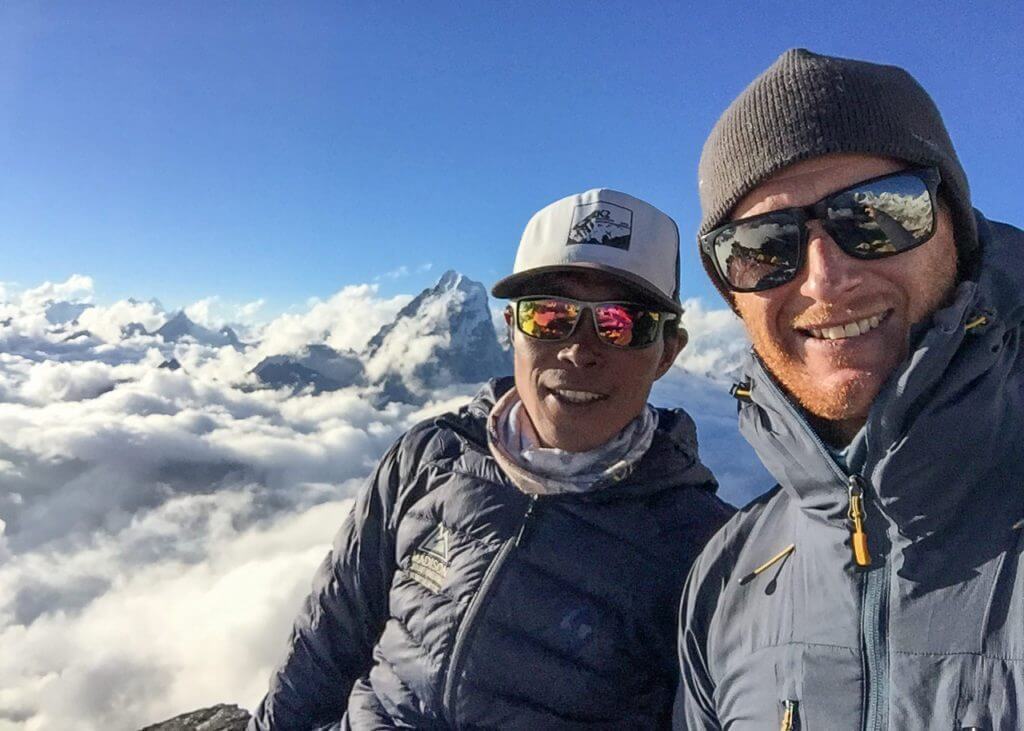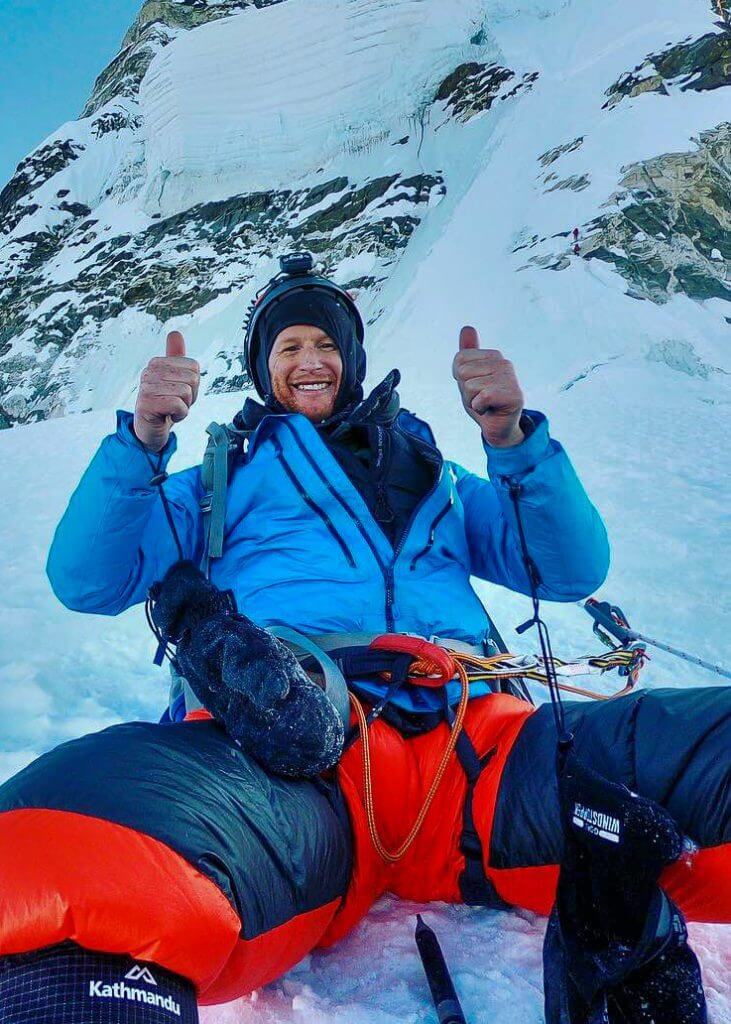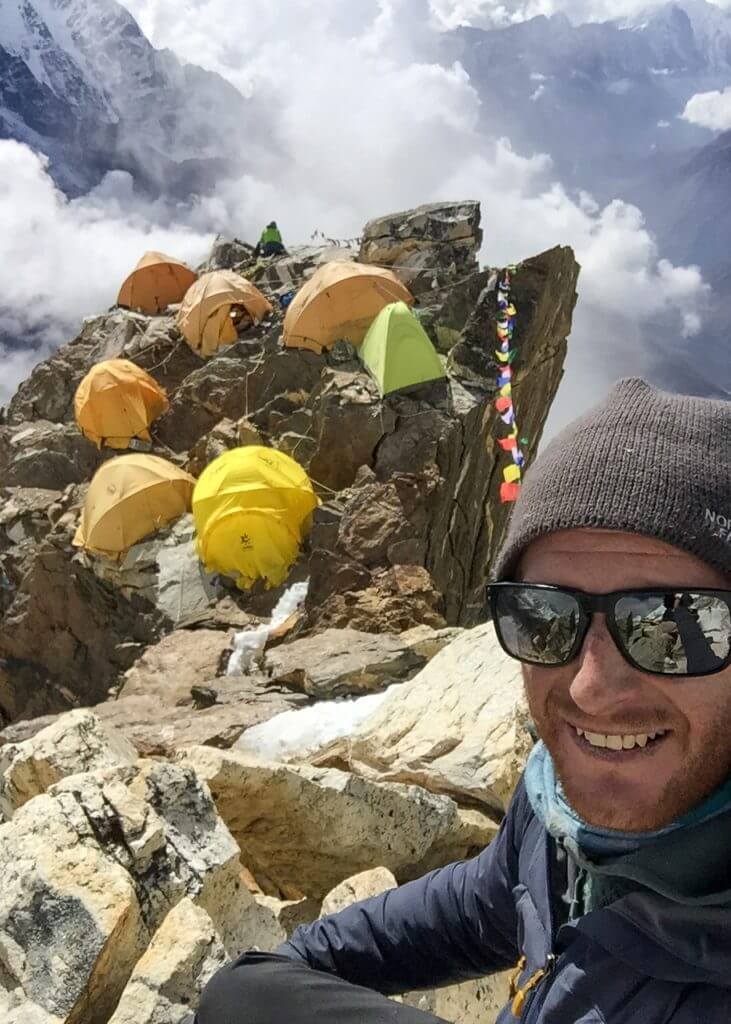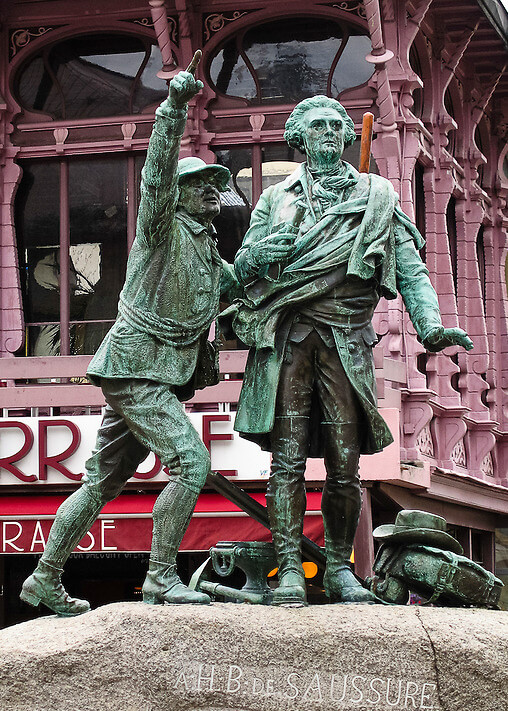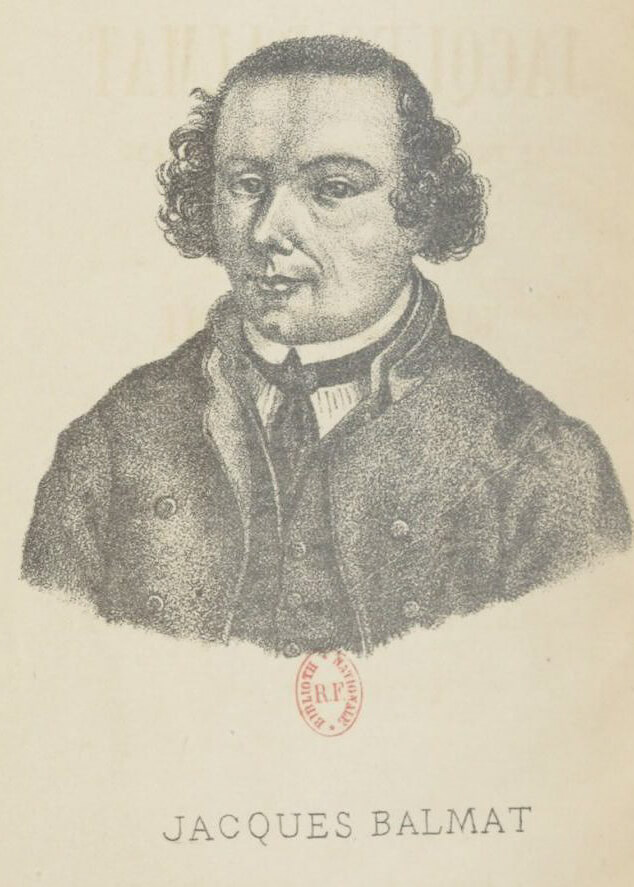Charles Meyersteing is a French freeskier, alpinist, video clip editor and professional photographer. He is based in Les Ecrins, France. Charles started focusing most of his time on his passion for high-alpine life around 2012.
When not skiing or taking pictures, he is also an active ambassador for the local and ultra hype ski brand WhiteCristal.
Follow Charles on
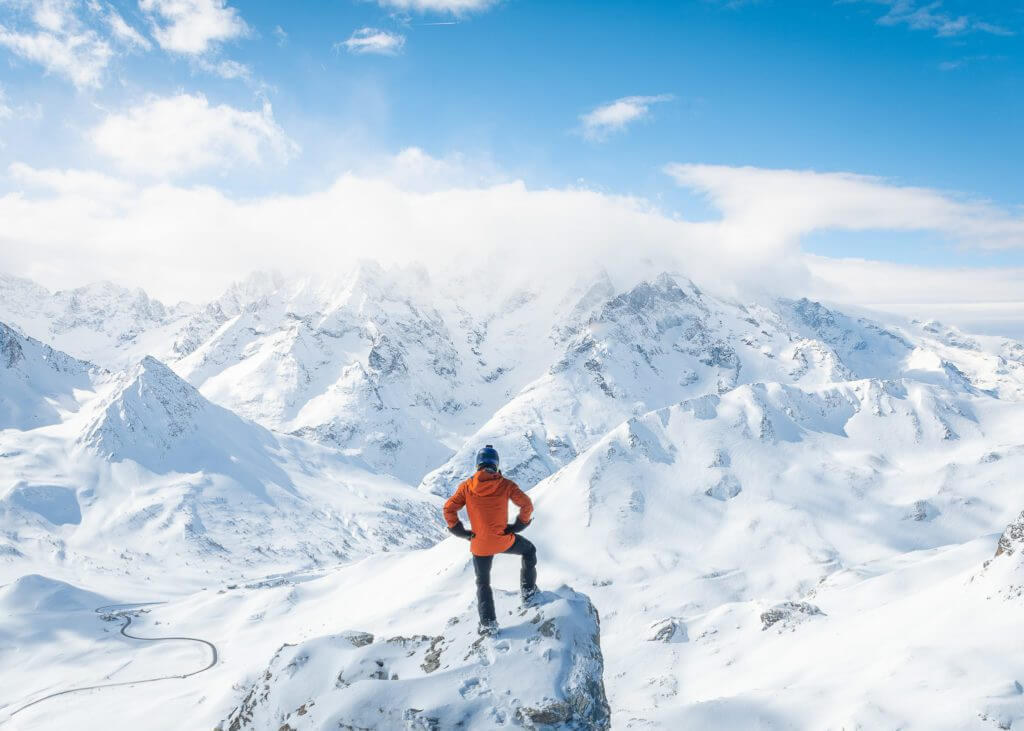
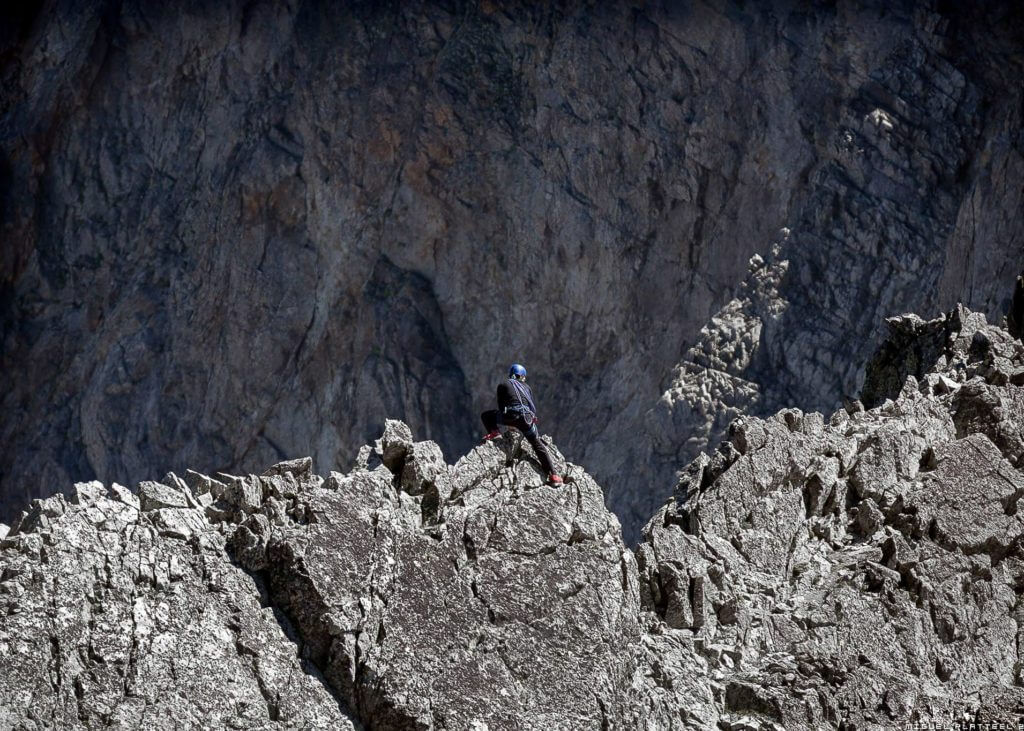
In the beginning…
Where are you based?
Now, I am based near the mountains of the massif des écrins in the Hautes-Alpes. It’s a fantastic playground.
It’s much less touristy than Savoie for example and offers stunning mountains and scenery.
Where do you come from?
I come from a town near St Etienne, in the Parc du Pilat. It’s not a high-alpine environment, but it’s quite “connected” with nature. I started climbing early, for example. My parents also had a house near Briançon in the Hautes-Alpes. It allowed me to start skiing at a very young age. I actually can’t remember when I started.
How did you get acquainted with mountain activities?
I studied Management and Nature Protection near Annecy. At the same time, I was training for mountain professions (guides, ski patrol, ski instructors…).
Very early, I got drawn to the mountains, and it became a drug. It’s really in 2012 that I decided to become a professional photographer and ski most days of the season!
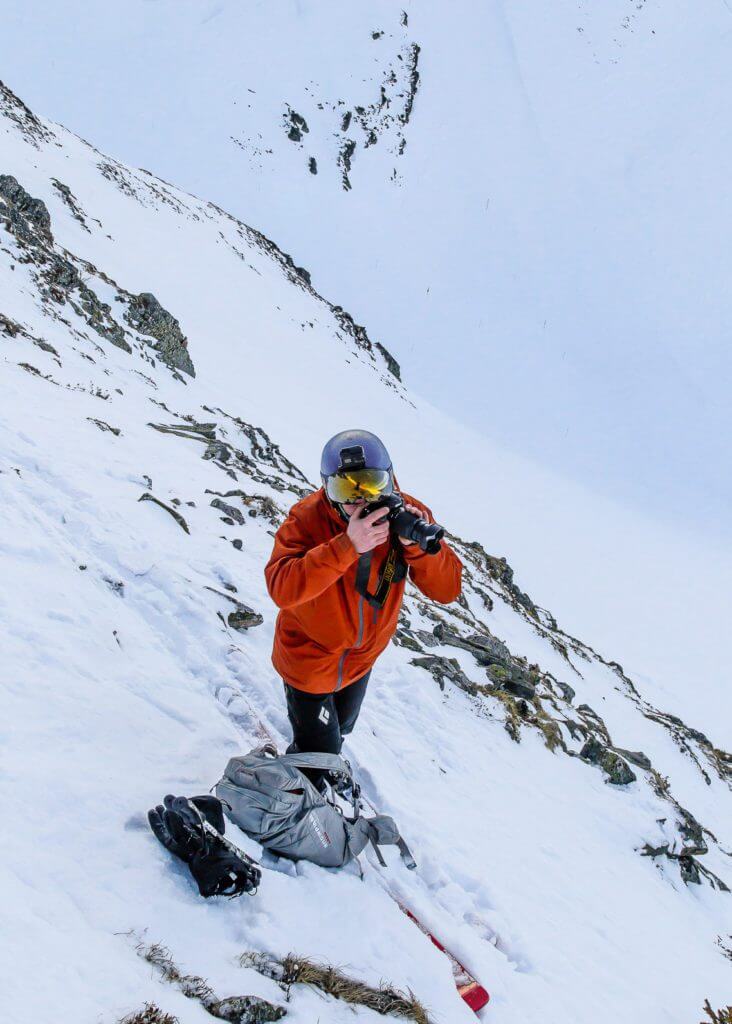
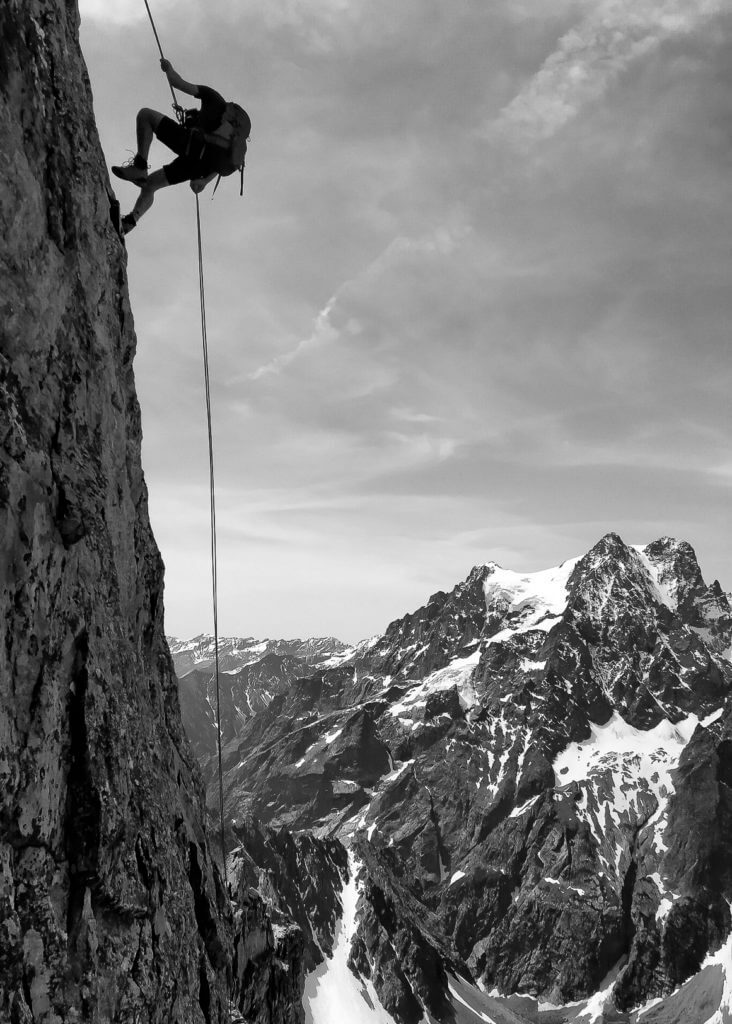
Do you have any siblings? Did they take a similar path?
Yes, I have 2 sisters and one brother. They are doing completely different things. My mother is a family mediator; my father is an entrepreneur; one of my sisters is a psychologist, the other one a pharmacist and my little brother is still in high school.
I am definitely the “different” one in the family.
…in the present and in the future
Do you compete in Freeride?
No, I don’t. I don’t really have a competition mindset. I really like to go and watch, though! The atmosphere is generally very relaxed. I end up being with my friends and taking pictures of them.
What skis do you use?
I have 2 pairs, the Black Crows Camox as an all-rounders and one for powder days, a pair of Zag!
You are still young but do you witness any signs of global warming/ climate change?
Yes, unfortunately. Not being old, it’s actually even more frightening. I can see some glaciers melting; some of them will probably die in a few years.
More than that, the entire mountain complex is falling. With global warming, the ice that sticks the rocks together is melting, which triggers rockfalls. I see more and more of those, and more and more accidents.
What’s next for you? What are your next project(s)?
It quite depends on the current covid crisis. I am trying to organise an exhibition for my photos.
Would you recommend any documentaries?
I really liked and would highly recommend de documentaries on Gaston Rébuffat. He was a guide based in Chamonix and was part of the Annapurna expedition with Maurice Herzog in the 50s.
It’s absolutely incredible. You realise that they were super-human. They were doing very technical climbs with some crazy equipment! The boots, the ropes, the cloth… they had were really not like the ones we have today!

